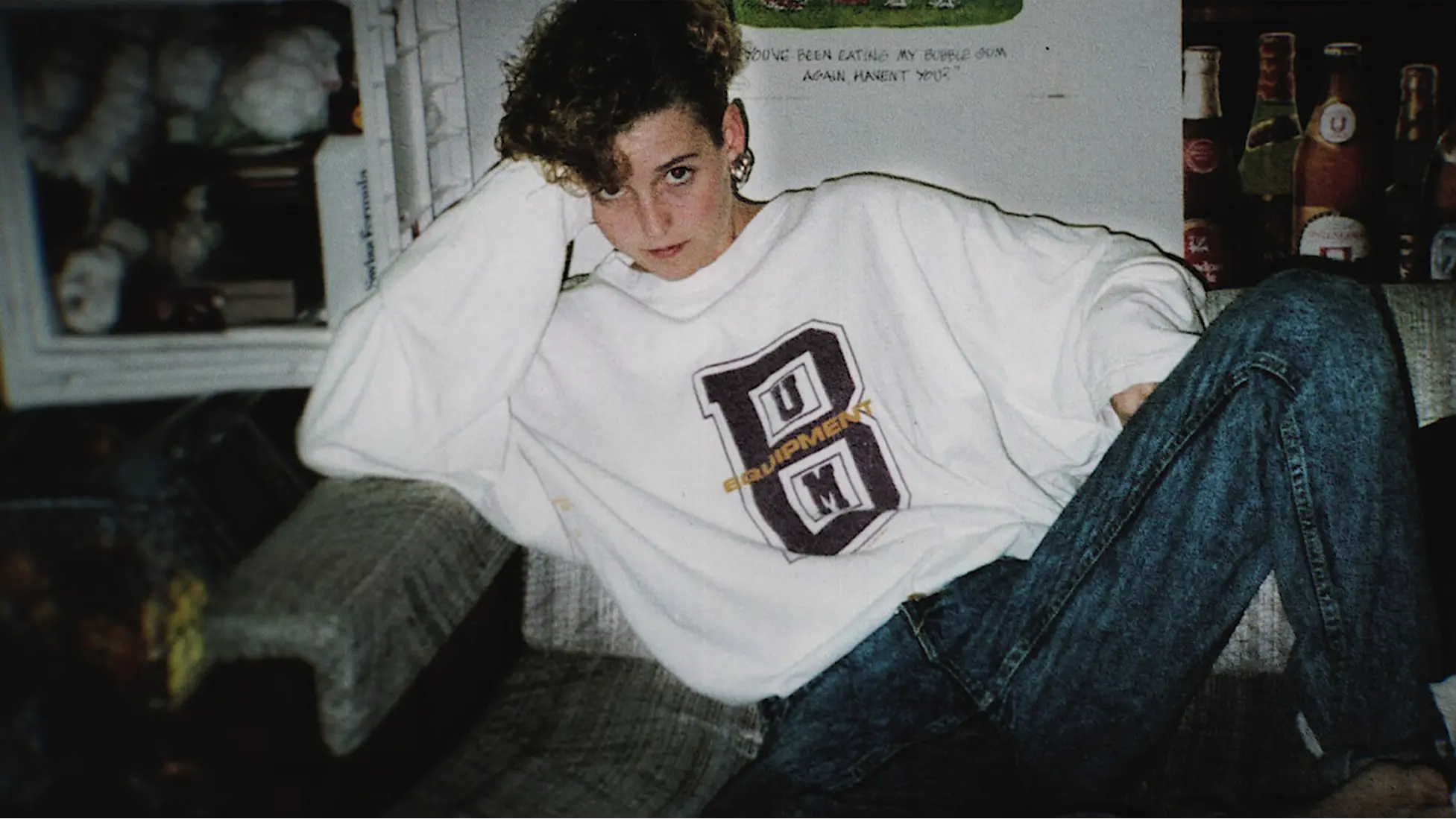Netflix just reopened 1998's most chilling disappearances at sea, and we still don't have answers
-
 AMY BRADLEY IS MISSING (2025). Photo: © Netflix / Courtesy Netflix
AMY BRADLEY IS MISSING (2025). Photo: © Netflix / Courtesy NetflixNetflix has launched Amy Bradley Is Missing, a three‑episode docuseries (TV‑14) revisiting the unresolved 1998 disappearance of 23‑year‑old Amy Lynn Bradley from Royal Caribbean’s Rhapsody of the Seas, re‑injecting global attention into a case the FBI still classifies as open.
The Netflix series reconstructs the verified timeline, late‑night club, return to the family cabin about 3:40 a.m., last sighting of Amy on the balcony near daybreak, disappearance roughly thirty minutes later, and outlines competing explanations: accidental fall, voluntary disembarkation, concealed homicide, or trafficking‑linked abduction supported by later alleged sightings.
Netflix contextualises procedural gaps (a scrubbed balcony before full forensic work, rapid passenger dispersal at Curaçao) and emphasises persistent family advocacy, age-progressed imagery, and an open investigative status.
Directors Ari Mark and Phil Lott structure interviews with relatives, investigators, witnesses, and observers to show how fragmented tips and disputed sightings have kept Amy Bradley is Missing an active search phrase.
The platform’s reach is positioned as a catalyst for potential new leads while underscoring the continued absence of conclusive physical evidence.
Netflix spotlight renews pressure on unanswered cruise‑ship questions
Netflix frames how a 1998 disappearance, preceding today’s denser onboard CCTV ecosystems, left investigators dependent on interviews and logs rather than continuous video, a structural limitation the docuseries stresses when contrasting modern expectations with historical capability.
Alleged post‑1998 sightings (Caribbean beach, brothel account, Barbados restroom, later online photo) are mapped to show why trafficking scenarios persisted alongside early accidental or voluntary hypotheses.
As per the Time report dated July 16, 2025, Brad Bradley said,
“We all have this gut feeling that she’s out there,”
A statement, the Netflix narrative juxtaposes with the absence of corroborating physical evidence to illustrate rational hope versus unresolved proof.
As per the Oxygen report dated July 17, 2025, Iva Bradley pleaded,
“Something happened to Amy. We don't know what that is, but we've got to have answers,”
A quote the series places near the closing appeals to underline why definitive classification (lost at sea vs. abducted) remains unsettled.
The docuseries also depicts how the lack of early secured forensic space (balcony cleaning) and port turnover complicated containment, reinforcing why Netflix's re‑examination stresses procedural vulnerability rather than a single definitive culprit.
Family persistence and public appeals amplified by Netflix reach
Family coping practices (maintaining belongings, monitoring site traffic, sustained media engagement) are highlighted to demonstrate ambiguous loss dynamics fueling long‑term advocacy that Netflix now magnifies.
As per the Oxygen report dated July 17, 2025, Iva Bradley also implored,
“If you know something, please give us that one thing that we need. Please do that for us and do that for Amy,”
Situating the family’s direct public call within Netflix’s distribution scale. As per the Time report dated July 16, 2025, Brad Bradley added,
“The lack of closure or the not knowing allows us to continue to hope. So I actually prefer it that way than the finality of having an answer,”
a perspective Netflix uses to frame continued investigative openness. As per an E! News report dated July 17, 2025, Ron Bradley reflected,
“I thought I’d find Amy in just a few minutes … and everything would be good,”
Illustrating initial search confidence versus decades of uncertainty, now re-contextualised for new Netflix audiences.
Streaming amplification keeps Amy Bradley is Missing circulating in social and news algorithms, potentially surfacing dormant micro‑witness memories that traditional periodic coverage might miss.
Key theories, investigative constraints, and why Amy Bradley is still classified as missing
Theory clusters summarized within Netflix and companion reportage: accidental overboard event. Suicide (low evidentiary support in cited materials).
Voluntary walk‑off at the port. Concealed homicide with delayed body removal. Trafficking‑related abduction bolstered by alleged sightings.
Facilitated movement off the ship via social contact (e.g., nightclub interactions).
As per the Oxygen account report dated May 21, 2024, detailing a retired naval officer’s claim, Iva Bradley said,
“She said, ‘My name is Amy Bradley. Please help me,’”
The docuseries deploys this reported brothel encounter to illustrate how a single delayed testimony can reweight abduction probabilities without delivering closure.
Investigative constraints emphasised: balcony area reportedly cleaned before comprehensive evidence collection. Absence of pervasive 1998 surveillance.
Delayed reporting of some sightings. Logistical difficulty in screening a large passenger cohort during port operations. Lack of a verified physical trace (no body, no confirmed belongings recovered).
Despite layered narrative assembly, Netflix affirms that the FBI still lists Amy as missing rather than presumed deceased, as Amy Bradley is Missing remains both the series title and an actionable appeal for tips.
Stay tuned for more updates.
TOPICS: Amy Bradley Is Missing, Netflix, Amy Bradley Is Missing